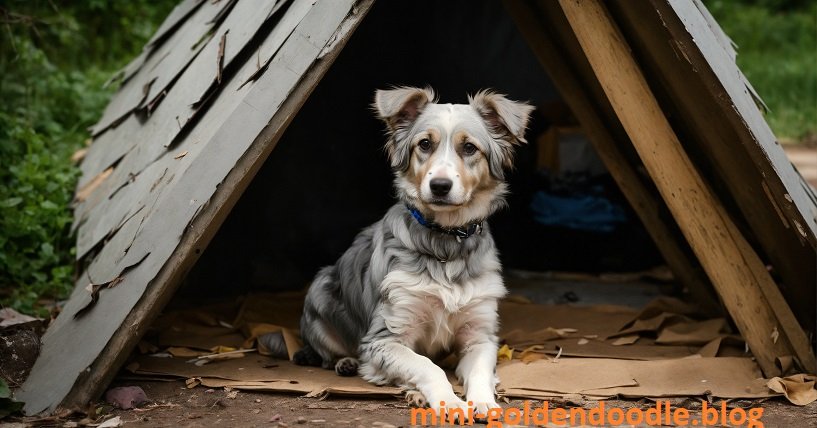Introduction
A Blue Heeler puppy is a thrilling and fulfilling addition to any home. These bright, active dogs are adored for their work ethic, devotion, and eye-catching blue coat. For your Blue Heeler puppy to have a happy and healthy life, whether you’re an experienced enthusiast or a first-time dog owner, you must be aware of their special traits and care needs. Everything you need to know about Blue Heeler puppies, from their background and traits to training advice and medical concerns, will be covered in this thorough book.
Origins and History of Blue Heelers
Australian Cattle Dogs (ACDs), commonly referred to as Blue Heelers, have a long and illustrious history that is intricately linked to Australia’s pastoral heritage. Australian settlers trained Blue Heelers to endure the hard conditions of cattle herding in the 19th century. Their ancestry includes Collies, Dalmatians, and Dingo crossings, producing a hardy and adaptable working dog renowned for its endurance, intelligence, and agility.
Physical Characteristics of Blue Heeler Puppies
Puppies of Blue Heelers are easily identified by their remarkable coats, which have blue or red specks that become more noticeable as they become older. Their body is robust and compact, with well-defined muscles and a perceptive, vigilant countenance. Their dense, short coats require little maintenance, and their upright ears contribute to their alert demeanor.
Temperament and Personality Traits
A dedicated companion with a strong work ethic, Blue Heelers are renowned for their intelligence and everlasting loyalty. When they are puppies, they are active and inquisitive, ready to investigate their environment and partake in mentally taxing activities. Although they are loving toward their families, they may show signs of herding instincts, including snapping at heels, which may be controlled with constant socializing and training.
Essential Supplies for Bringing Home a Blue Heeler Puppy
Acquiring necessary supplies is part of getting ready for a Blue Heeler puppy, as it guarantees their comfort and welfare. This includes a solid kennel for secure containment and training, premium dog food suitable for their size and age, chew toys to satiate their insatiable gnawing need, grooming supplies for coat maintenance, and a robust collar and leash for walks and training sessions.
Feeding and Nutrition Guidelines
Puppies of Blue Heelers require a good diet to develop properly. Select a premium puppy food that provides the balanced nutrients needed for growth and development and fits their unique dietary requirements. Feed them in accordance with the portion sizes that are advised for their age, weight, and level of exercise; make adjustments as needed to keep their bodies in a healthy state and their energy levels stable.
Training Your Blue Heeler Puppy
To properly utilize a Blue Heeler puppy’s intelligence and enthusiasm, training is crucial. Since kids react effectively to praise and rewards, positive reinforcement strategies are the most effective. To guarantee that they develop into well-mannered and self-assured adult dogs, concentrate on teaching them the fundamental obedience commands—sit, stay, and come—while also introducing socialization with people and other dogs.
Exercise Needs and Mental Stimulation
Puppies of blue heelers are energetic dogs that need mental and physical engagement on a regular basis to grow and thrive. To avoid boredom and behavioral problems, regular exercises like vigorous walks, interactive playtime, and entertaining games like fetch or agility training are crucial. Giving them a way to vent their energy keeps them intellectually and physically alert.
Grooming Tips for Blue Heeler Puppies
It’s critical to keep up a consistent grooming schedule to keep your Blue Heeler puppy tidy and cozy. Because of their short, dense coat, which sheds somewhat all year round, brushing them once a week with an appropriate dog brush helps to keep matting at bay and remove stray hair. To guarantee their general health and wellbeing, take care of their dental hygiene, give them frequent nail trims, and clean their ears.
Common Health Issues and Veterinary Care
Even though they are generally healthy dogs, Blue Heelers can develop hip dysplasia, progressive retinal atrophy (PRA), and deafness. To keep an eye on their health and identify any problems early, routine veterinary examinations are essential. To ensure their wellbeing, keep them up to date on immunizations, prevent fleas and ticks, and sustain a nutritious diet and exercise routine.
Socializing Your Blue Heeler Puppy
The development of a well-adjusted adult Blue Heeler depends on early socializing. Beginning at an early age, use positive reinforcement tactics to expose children to a variety of people, animals, locations, and experiences. Promote constructive relationships to boost their self-esteem and lessen the possibility that they would act out of fear in the future.
Conclusion
Bringing a Blue Heeler puppy into your home may be incredibly fulfilling—as long as you recognize and accommodate their special requirements. From their days as industrious cattle herders to their current status as cherished family members, Blue Heelers infuse any home with vitality, wit, and devotion. You can guarantee that your Blue Heeler puppy develops into a happy and healthy adult dog by giving it the right training, food, activity, and medical attention.
FAQ
Are Blue Heeler puppies good for first-time dog owners?
Though they are bright and devoted, Blue Heelers’ great activity and strong herding tendencies make them difficult to handle without training. If a person is committed to teaching and socializing their Blue Heeler puppy, they can successfully rear a puppy for the first time.
How much exercise does a Blue Heeler puppy need?
Active dogs like blue heelers need to be exercised for at least an hour a day, which might include walks, playfulness, and mental stimulation. Playing games like fetch or agility training helps them get the mental and physical challenges they require.

